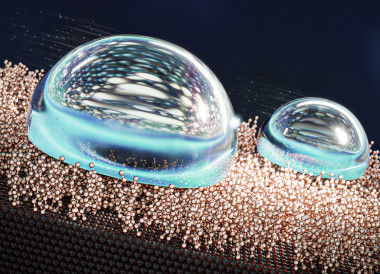Super Waterproof Material One Step Closer as Scientists Reveal New Nanotech
Super Waterproof Material One Step Closer as Scientists Reveal New Nanotech::“Our work is the first time that anyone has gone directly to the nanometer-level,” Sakari Lepikko, lead author of the study, said in a statement.
